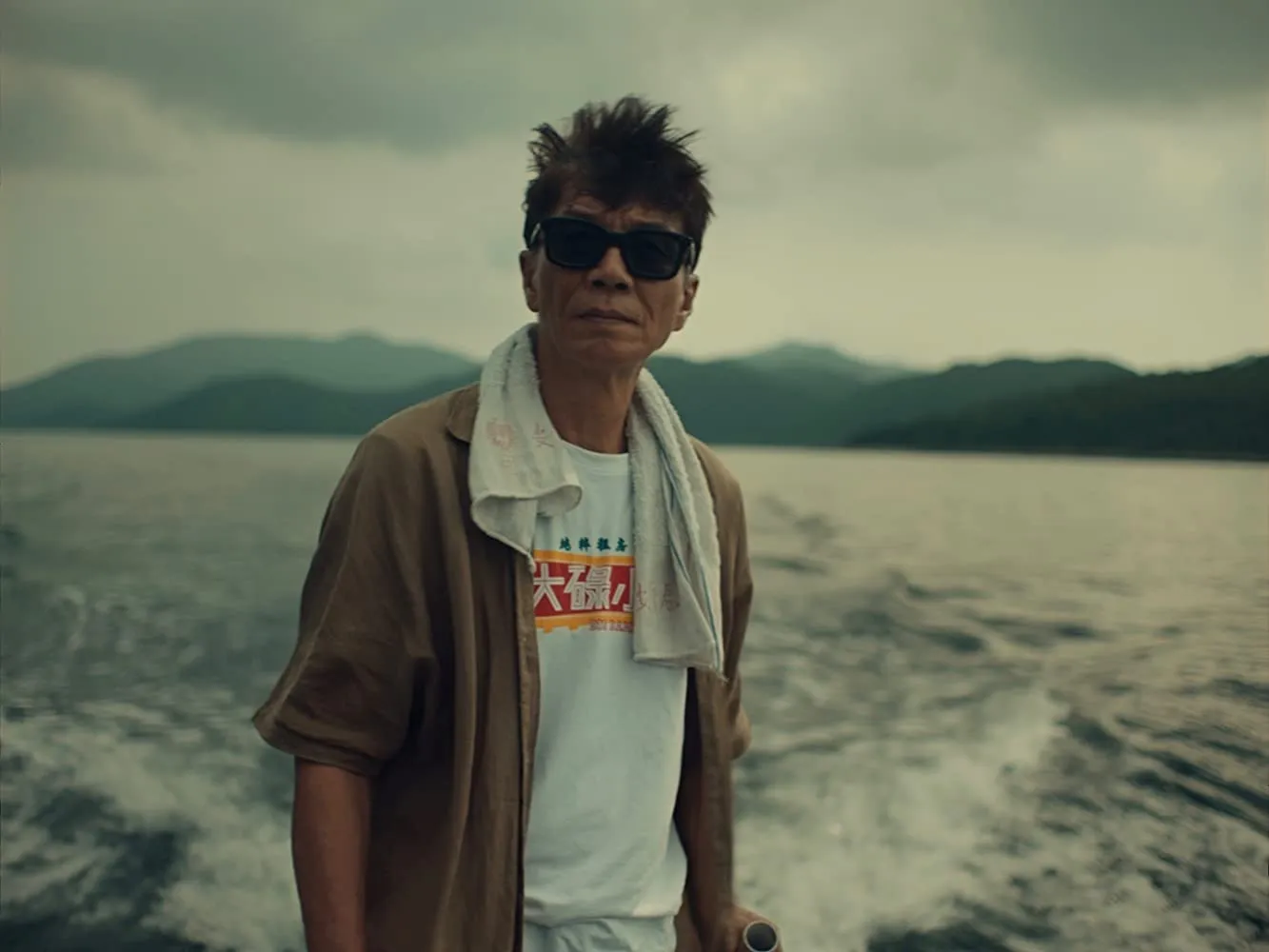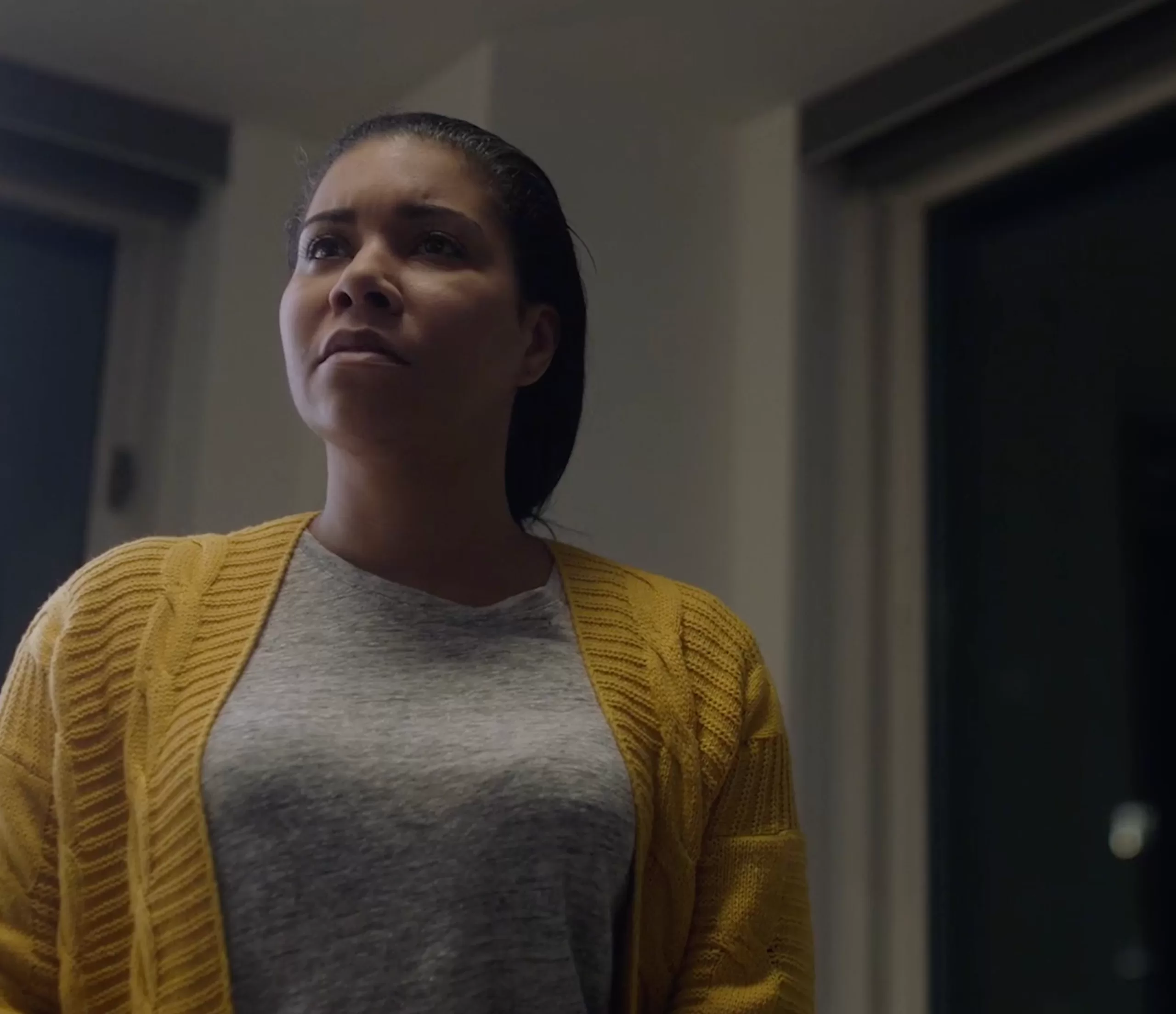Ricky Ringer has long been in the rodeo limelight but his star never shone as bright as it should have | RIDE TILL I DIE
The Florida rodeo circuit is the setting for first-time filmmaker Tony Rammos’s documentary “Ride Till I Die.” The director uses this setting to examine the unshakable drive to be the best in the world of an unforgiving sport.
Professional cowboy Ricky Ringer has participated in rodeos for more than two decades. His specialty is bull riding, and his skills make him one of the best, bringing him popular and financial success. Still, after all these years Ringer has yet to win a championship.
A bull riding legend among his fellow Southern rodeo riders, his is a career to be proud of, but not one that’s without physical and emotional pain.
As most professional rodeo riders retire once they creep into their mid-forties, Ringer’s career has come to its last roundup, at least on the books.
Director Rammos lets Ringer tell his own story. Holding on to his subject in close to allow the audience to see the years of ups and downs written in his face, he tells Ringer’s somewhat underdog story.
The pain he carried since his teens from his father walking out in the family is still there, but there is too much for this man to be proud of.
As the teenage cowboy became an adult rodeo star, Ringer stayed focused, becoming a husband and father. The film finds him close to his son Ricky Jr. (Lil’ Ricky), who continues to be his father’s biggest admirer and fan.
Their relationship is sweet, as we see the elder Ringer encouraging his son to succeed on the circuit, as Jr. has inherited a love of rodeos through watching his father.
While the documentary celebrates the spirit and perseverance of a man who wants to be the best, the director doesn’t ignore the physical dangers of rodeo riding.
Bull riding is one of the most dangerous sports in existence. As this film reminds us, eight seconds may not seem like a long time, but when one is in the back of a bucking bull it can seem like forever.
Punctured lungs, concussions, and many broken limbs come with the sport. Through Ricky Ringer’s story, Rammos’s film focuses on what makes men suffer so in the name of rodeo glory.
“It’s a good living.” Ringer explains. After winning his first $97 as a teen. He was seduced by the fame and, admittedly, the danger of it all.
Ringer’s wife and mother have long pleaded with him to stop. While his spouse is always there to cheer him on, she is on the other side of finished with watching her husband cheat serious injury in every competition. Injuries have indeed come, including a life-threatening 2010 incident where Ringer’s face was crushed.
Rammos’s subject has retired once or twice but his drive to “win it all” keeps bringing him back.
It is here where the film finds the humanity of Ricky Ringer. While he has the support of his family (even when they desire him to quit, they stay in his corner), it becomes apparent that Ringer wants to prove something to himself. He knows his days of being top dog are behind him and youth is gone, his body shaken by years of bull rides. This man can’t quit. It just isn’t in him.
Rammos finds the yin and yang within Ringer. Age should force him to stop while desire (need?) makes him continue.
The film benefits from many rodeo scenes that don’t shy away from the risk that any lone rider faces. We see Ringer, one hand on the rope and one hand in the air, holding on for his life as he is thrust beyond human endurance time and time again.
Ringer stays on most of the time, but there are times when the Bull gets the best of him. To hear him tell it, each fall brings even more desire to win, to stay on top. Those damned 8 seconds become a lifetime of “almost there” for Ringer and it is fascinating to see just how much he reveals by living for those moments.
“Ride Till I Die” isn’t a lesson in the tactics and rules of rodeos. We learn all we need to know through the film’s main subject. Rammos finds truth in the human spirit.
Ricky Ringer has long been in the rodeo limelight but, for him, his star never shone as bright as he needed it to, yet he remains a good man who is truly thankful for his life and career and notoriety amongst his peers. While the need to be number one is always in him, he graciously accepts his place in rodeo history.
To quote from Sam Peckinpah’s “Junior Bonner,” ‘well, second’s better than third.’
news via inbox
Nulla turp dis cursus. Integer liberos euismod pretium faucibua


